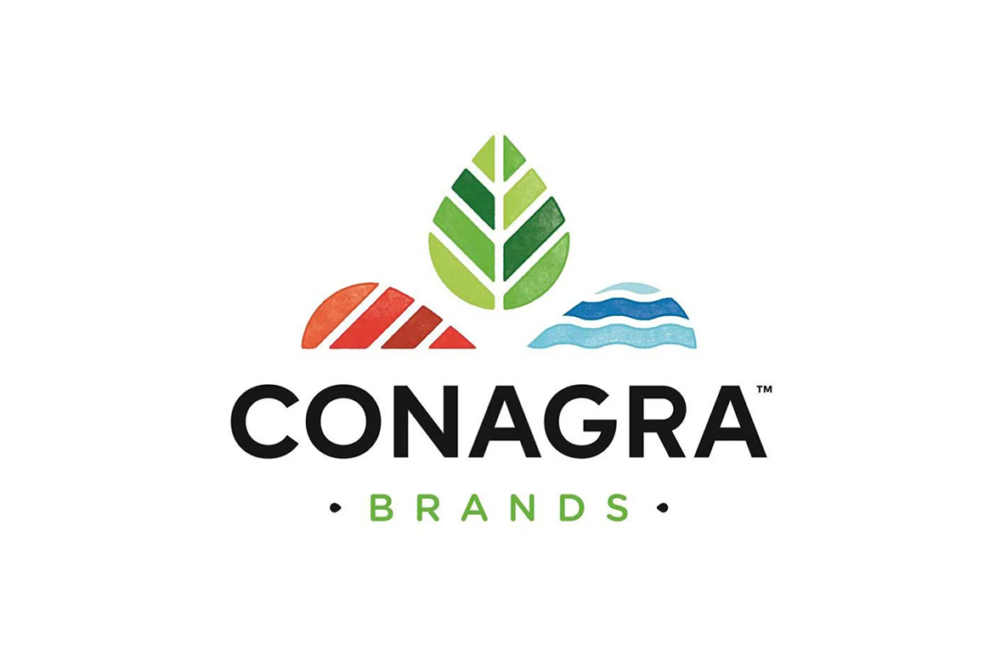CHICAGO – A sharp rise in cost of goods pressured Conagra Brands’ year-end earnings and the company said the pressure would carry over into fiscal 2023.
“While we had planned for high inflation, it was higher than we anticipated,” said Sean Connolly, president and chief executive officer, during a July 14 conference call to discuss the results. “Our cost of goods increased 16% in fiscal ‘22, far higher than the 9% we anticipated.”
Two business units most affected by rising costs were Refrigerated and Frozen, which experienced higher-than-anticipated input cost inflation in edible oils and proteins, and International, which faced some foreign exchange headwinds.
“We continue to pull on a number of levers to offset the elevated costs, including an additional round of inflation-justified pricing actions implemented during the fourth quarter of fiscal ‘22 that will be effective in the first quarter of fiscal ‘23 and new pricing that will take effect in the second quarter of fiscal ‘23,” said David Marberger, chief financial officer.
The rising costs impacted Conagra Brands’ bottom line. Net income for fiscal 2022, ended May 29, fell 32% to $888.2 million, equal to $1.85 per share on the common stock, down from $1.3 billion, or $2.67 per share, the year prior.
Annual sales rose 3% to $11.5 billion.
Management expects input inflation to continue into fiscal 2023. The company is guiding organic net sales growth of 4% to 5% compared with fiscal 2022 and adjusted earnings per share growth of 1% to 5% compared with fiscal 2022.
“We expect our strong brands, on-trend innovation, effective pricing and strengthen supply chain to drive top line growth and margin improvement,” Connolly said. “Continued inflationary pressure in fiscal '23 is expected to result in incremental increases in elasticity, which, overall, we anticipate will continue to remain below historical levels.”
Innovation on tap from the company includes Marie Callender’s Duos, single-serve meals that pair a combination of foods; Frontera bowls; and Bertolli pasta sides.
“When you look at inflation, given our exit rate of 17%, we’re expecting low teens inflation for all of fiscal ‘23, but we expect that inflation rate to be higher in Q1 given the exit rate,” Marberger said. “So, as we go forward, we expect the percentage inflation will come down versus Q1.”
During a conference call to discuss third-quarter results in April, Connolly said the top risks facing the company were “waves of inflation,” because with each wave comes pricing actions and each action carries a certain amount of risk that consumers will buy a less expensive comparable product or leave the category entirely.
While Connolly said several times during the July call that elasticities are occurring below historical norms, he added that it’s not zero. Conagra Brands’ organic volume fell 3.8% during the year, with Refrigerated and Frozen business unit volume falling 5.3%, International falling 5.2% and Grocery and Snacks falling 4.4% Buoying overall volumes was a 10.7% rise in Foodservice.

